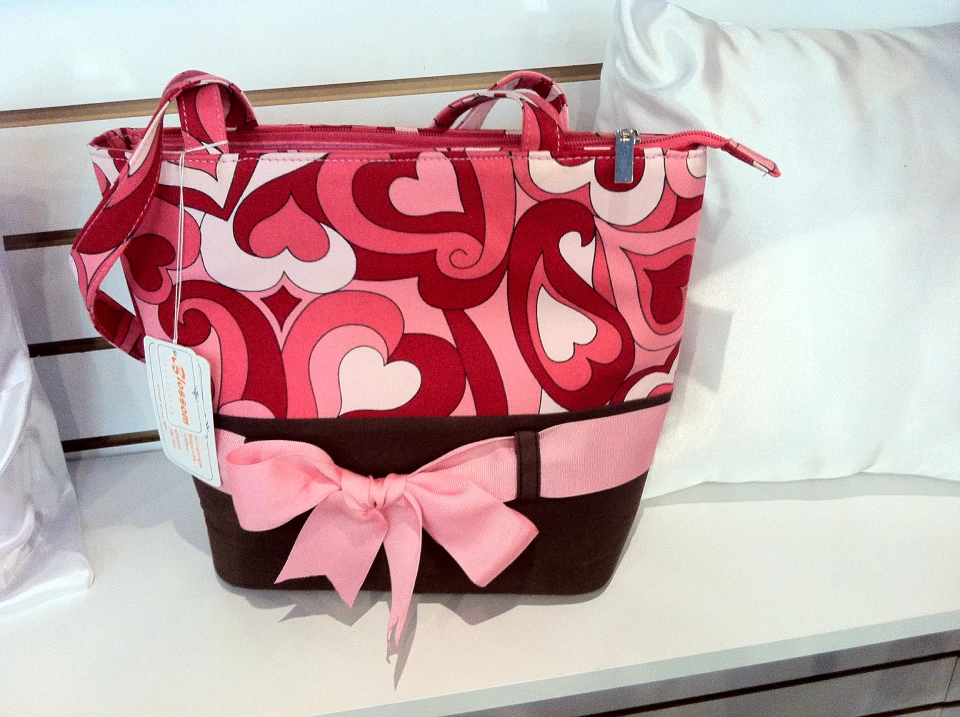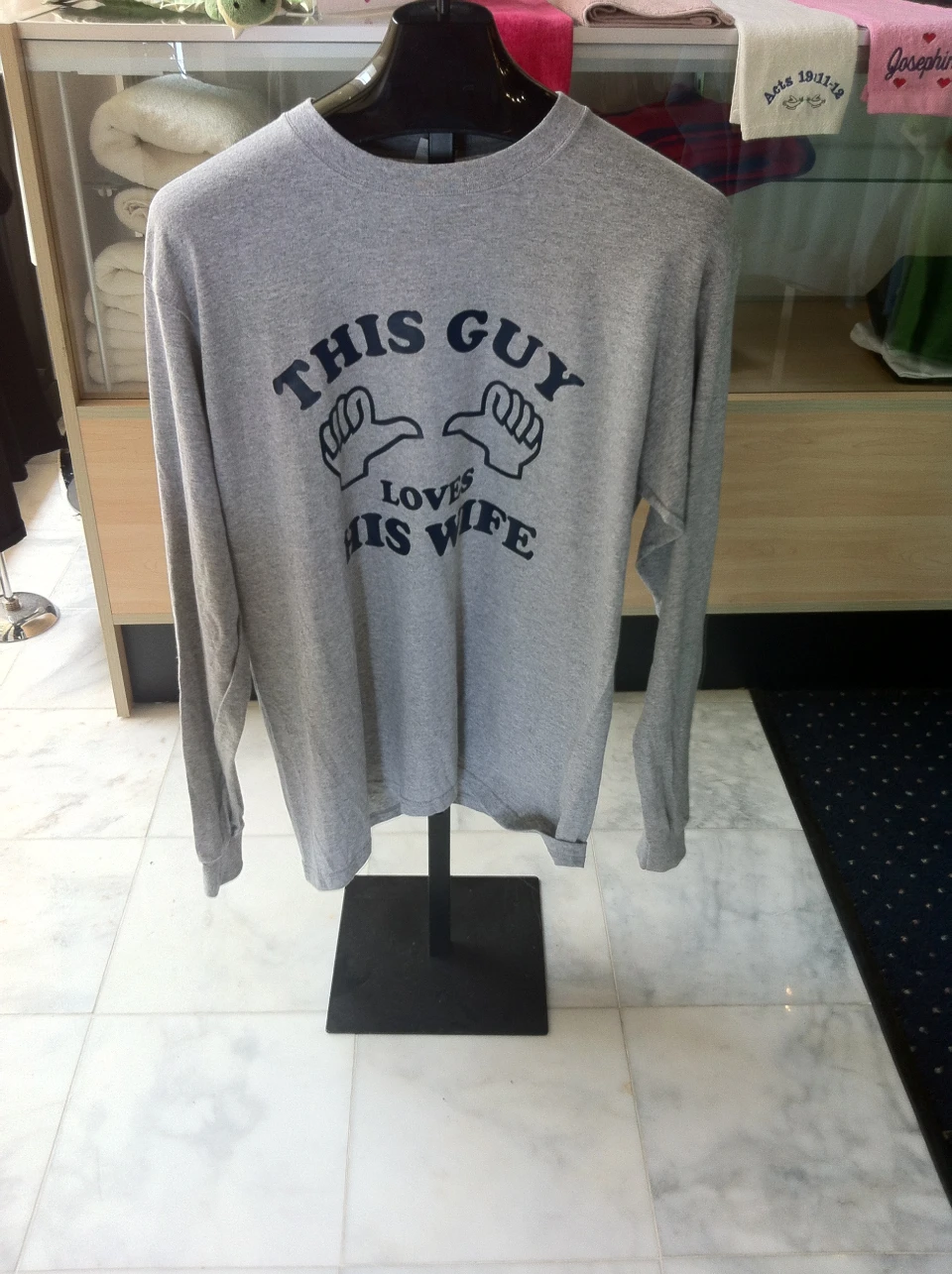The Art of Customized Needlework: Unlocking the Tricks to Creating Special and Memorable Styles
Needlework, a craft soaked in custom and artistry, holds within its complex stitches the power to change material right into a canvas of unique expression. The tricks to developing custom needlework designs that astound the eye and leave a long lasting impression depend on a fragile equilibrium of technique, imagination, and interest to information. As we delve into the globe of personalized embroidery, we uncover the nuanced interplay in between string option, stitch complexity, and style customization that boosts a plain garment to a masterpiece. Join us on a journey with the art of custom-made needlework as we untangle the mysteries behind crafting really extraordinary and unique productions.
Choosing the Right Embroidery Threads
When selecting needlework strings, what essential factors should you take into consideration to make sure the most effective outcomes for your customized styles? The choice of needlework thread is crucial in establishing the final outcome of your stitched design. Among the primary considerations is the product of the string. Different materials such as cotton, polyester, rayon, and silk provide differing degrees of luster, resilience, and structure. It is necessary to choose a string product that enhances the material you are embroidering on and aligns with the preferred look of the layout.
Thicker threads can add dimension and structure to your layout, while finer strings are excellent for intricate details and small text. Furthermore, thinking about the shade fastness and washability of the thread is important to guarantee that your personalized layouts preserve their quality and vibrancy over time.
Discovering Various Stitch Methods
To delve into the realm of 'Exploring Different Stitch Techniques', one have to realize the complexities and nuances that each stitching method brings to the art of embroidery. Different stitch strategies not just include aesthetic rate of interest however likewise contribute to the overall texture and measurement of the layout. One preferred stitch method is the satin stitch, which includes carefully packed parallel stitches to create a smooth and glossy surface area, suitable for filling out shapes and developing vibrant details.
On the various other hand, the backstitch is a flexible technique often made use of for laying out and adding fine information. It includes stitching in reverse to develop a solid line of needlework. Furthermore, the French knot stitch adds a responsive aspect to designs, excellent for producing textured accents like blossom facilities or decorative touches.
Discovering different stitch techniques permits embroiderers to play with light, darkness, and deepness within their designs, boosting the visual allure and creative quality of their needlework projects. By understanding different stitching techniques, one can unlock countless possibilities for developing special and unforgettable custom needlework pieces.
Incorporating Personalized Design Components
Having discovered the intricacies of different stitch methods such as the satin stitch, backstitch, and French knot, the emphasis now shifts towards including personalized design aspects in custom-made needlework projects. Customized style components play a crucial function in making embroidery jobs absolutely unique and memorable.
One more method to integrate tailored layout components is by consisting of icons or motifs that hold special significance to the recipient or mirror their passions and individuality. As an example, incorporating a favorite flower, animal, or hobby-related sign can make the needlework design a lot more meaningful and customized. Additionally, picking colors that reverberate with the recipient or align with the designated style can even more improve the personalization of the embroidery project.
Mastering the Art of Shade Control

One key element of shade coordination is comprehending shade concept. This consists of understanding just how different colors communicate with each other, the feelings they communicate, and just how they can be incorporated to develop visually appealing designs. By applying color theory principles, embroiderers can create harmonious color combinations that improve the general look of the style.
Furthermore, taking notice of comparison is critical in shade control. Making use of contrasting shades can aid particular components of the layout pop, boost readability, and develop an aesthetically dynamic embroidery item. By mastering the art of color control, embroiderers can raise their styles and create memorable pieces that resonate with customers and customers alike.
Enhancing Structure With Advanced Embroidery Stitches

French knots, for instance, are excellent for including tiny, elevated dots to your layout, resembling the appearance of grains or producing a textured surface. Bullion knots, on the other hand, can be used to create twisted, ropelike elements that add a luxurious feel to the needlework. Seed sewing entails little, scattered stitches that can load in locations with a multicolor structure, while turkey work creates fluffy, dimensional accents evocative pet hair or vegetation. Trying out these advanced embroidery stitches allows you the original source to press the borders of standard embroidery and create truly unique and aesthetically attractive structures in your designs.
Final Thought
To conclude, the art of custom needlework includes a combination of selecting the best threads, exploring numerous useful reference stitch methods, incorporating personalized style aspects, understanding shade control, and improving texture with innovative stitches. By comprehending and implementing these crucial elements, embroiderers can develop distinct and remarkable designs that display their creativity and ability. Embroidery lovers can unlock the tricks to creating lovely and bespoke items that stand out and leave an enduring impression.